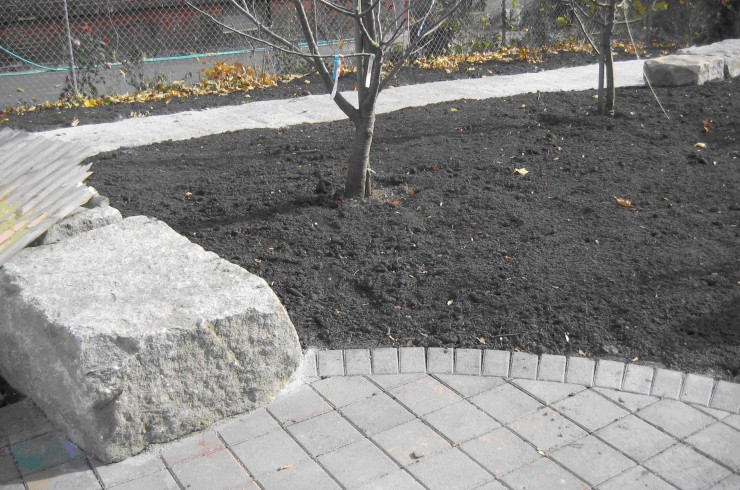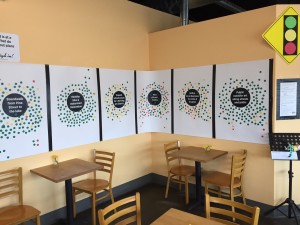When I had my own practice in Boston, I learned about the valuable difference between good development and developing good. The Dudley Street Neighborhood Initiative (DSNI) in the City of Boston’s Roxbury district revitalized a neglected and dangerous part of their city through community engagement and resourcefulness. Today I feel lucky to be part of another community doing the same thing through the planBTV process.
Well over a decade ago, one of Boston’s toughest most disadvantaged neighborhoods was transformed using an approach of economic, human, physical, and environmental growth. DSNI was formed in 1984 when residents of the area came together out of fear and anger to revive their neighborhood that was devastated by arson, disinvestment, neglect and redlining practices, and protect it from outside speculators.
**Check out this short video to see how the area has been revived and a panorama of the housing and parks that bring it all together: https://www.youtube.com/watch?v=TElaNRPBXP0
As an experienced landscape architect, I was hired to transform two neglected parcels that were dumping grounds for broken appliances, tires, trash and abandoned vehicles. Establishing community garden plots and a small orchard of fruit-bearing trees in addition to specialty paving, lighting, ornamental fencing and site furnishings, we carried out a shared vision and partnered with private, government, and nonprofit sectors to revitalize the neighborhood.
Through the process I was impressed to see the strong engagement of the community — how the residents were empowered in a strong effort for neighborhood improvement.
The City of Boston and the Dudley Street Neighborhood Initiative continues its economic development efforts today, including the redevelopment of the formerly boarded-up, art deco Ferdinand Furniture Building into Bruce C. Bolling Municipal Building.
To this day I look back on the DSNI model and remind myself of how developing good through strong community engagement and leadership can make all the difference, especially in our most disadvantaged neighborhoods.
Similarly to the borough of Boston, our small city is thoughtfully focused toward redevelopment in this “good” way. In the Fall 2010, Burlington was awarded a Sustainable Communities Challenge Grant, aimed at advancing one of America’s most livable and sustainable communities. This has led to the community planning effort known as planBTV, which includes focused, actionable, and area-specific strategies throughout the city. The planning process also places an emphasis on ways to promote and improve mixed uses, quality urban design, affordable and workforce housing, transportation and parking management, and the quality and capacity of public infrastructure. From planning a Form-Based Code to the redevelopment of Burlington’s Town Center; from rebuilding public waterfront access and rebuilding the bike path to defining our arts and innovation district in the South End; from addressing affordable housing to planning appropriately for student housing needs – I’m proud to see the city of Burlington progressing forward on many levels.
Although Boston and Burlington’s planning and development goals vary, the redevelopment strategies are both strongly based in community-driven engaged process. While we may not agree on every aspect of the plans being developed through planBTV, I expect that with the proper balance of community involvement, Burlington will succeed in redefining itself, redeveloping its neighborhoods, and maintain a respect for market-driven development.
In a decade, I believe I will look back on the successes of planBTV, and many accomplishments supporting the betterment of our city. The difference between good development and developing good become quite clear and the planBTV process is leading us on the right path as we forward our development efforts to develop good communities throughout Burlington.
By: Paul Simon


